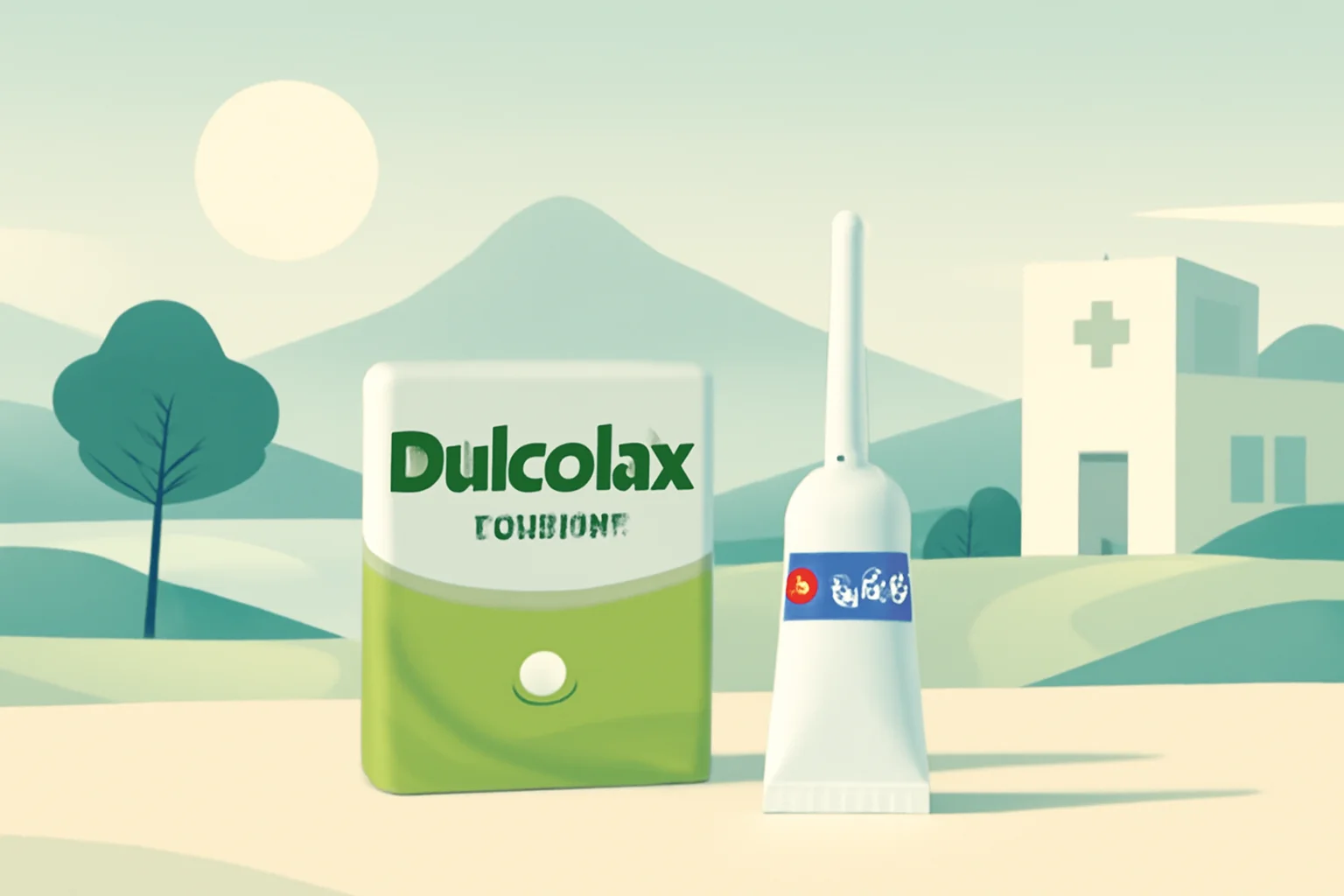
Dulcolax or Microlax: Which is the Better Choice for Constipation?
A constipation is a problem that complicates the lives of many people, and finding the right solution is often challenging. There is a wide variety of medications and treatment methods available that can help normalize bowel movements. Two popular medications that many people use are Dulcolax and Microlax. Both work with different mechanisms and have different methods of application, but their common goal is to relieve constipation and improve bowel function.
Dulcolax contains the active ingredient bisacodyl, which stimulates bowel movements, while Microlax is a locally acting medication that softens stool, making it easier to pass. Since both products are popular, it is worth examining when and under what circumstances each medication should be chosen. The choice should take into account the individual needs of the patient, the cause of constipation, and the extent to which the problem affects the individual. Understanding the differences and the effects of each product is essential for making the right decision.
Dulcolax: Mechanism of Action and Usage
Dulcolax is a well-known medication that contains the active ingredient bisacodyl. This active substance acts on the receptors in the intestinal wall, thereby stimulating bowel motility. Dulcolax is available in tablet or suppository form, and both versions work quickly, typically within 6-12 hours. In addition to enhancing bowel movements, Dulcolax also helps increase the water content in the bowel, making the stool softer and easier to pass.
When using Dulcolax, it is important to consider the appropriate dosage, as excessive use can lead to diarrhea and dehydration. Doctors generally recommend that the medication be used only for a short term, such as when a one-time episode of constipation occurs or when bowel evacuation is necessary before a medical examination. In cases of chronic constipation, it is advisable to seek medical consultation, as long-term use is not recommended.
Dulcolax has many advantages, but there are also side effects that are worth knowing about. The most common side effects include abdominal pain, cramps, and diarrhea. These symptoms are usually temporary, but if they persist, it is important to consult a doctor. Additionally, if you are taking any other medications, it is important to inform your doctor, as Dulcolax can interact with certain drugs.
Microlax: Effects and Benefits
Microlax is another popular product used for the treatment of constipation. Microlax is a locally acting medication, primarily used in suppository form. Its active ingredients, such as sodium citrate and sodium lauryl sulfate, help soften stool and stimulate bowel movements. The effects of Microlax are generally quick, occurring within 5-15 minutes, making it an ideal choice for urgent situations.
One advantage of using Microlax is that its effect is local, so it may have fewer side effects than regularly taken laxatives. For those who do not wish to take medication long-term, Microlax may be suitable, as it works effectively even after a single use. The product is particularly recommended during pregnancy, as women often experience constipation during this period, and Microlax can be a safe alternative.
It is important to mention that Microlax is not suitable for the treatment of chronic constipation, and long-term use is not recommended. Doctors generally advise that if constipation persists, other solutions should also be considered, such as lifestyle changes, diet, or regular exercise. Before using Microlax, it is always advisable to read the patient information leaflet and be aware of possible side effects, such as bowel cramps, which can occur rarely.
Dulcolax vs. Microlax: Which is the Better Choice?
When choosing between Dulcolax and Microlax, several factors should be considered. The primary consideration is the type and severity of constipation. If someone regularly experiences constipation, Dulcolax may be more effective, as it stimulates bowel movements and promotes regular stool passage. In contrast, Microlax is more of an occasional solution that provides quick relief in urgent situations.
The differing mechanisms of action of the medications should also be taken into account. Dulcolax has a longer-term effect on bowel function, while Microlax provides immediate relief but does not address the underlying causes of constipation. Additionally, the method of use is different: while Dulcolax is available in tablet form, Microlax is only available as a suppository.
Another important consideration is individual sensitivity and susceptibility to side effects. Since Dulcolax has a stronger effect, it may cause uncomfortable side effects in some individuals, such as abdominal cramps or diarrhea. In contrast, Microlax is generally well tolerated and has a local effect, resulting in fewer side effects.
Finally, if there are any doubts regarding the use of medications, it is advisable to seek medical advice. Doctors can recommend the best solution based on individual needs and health status.
**Warning:** This article does not constitute medical advice. In case of health problems, everyone should follow their doctor’s recommendations.

